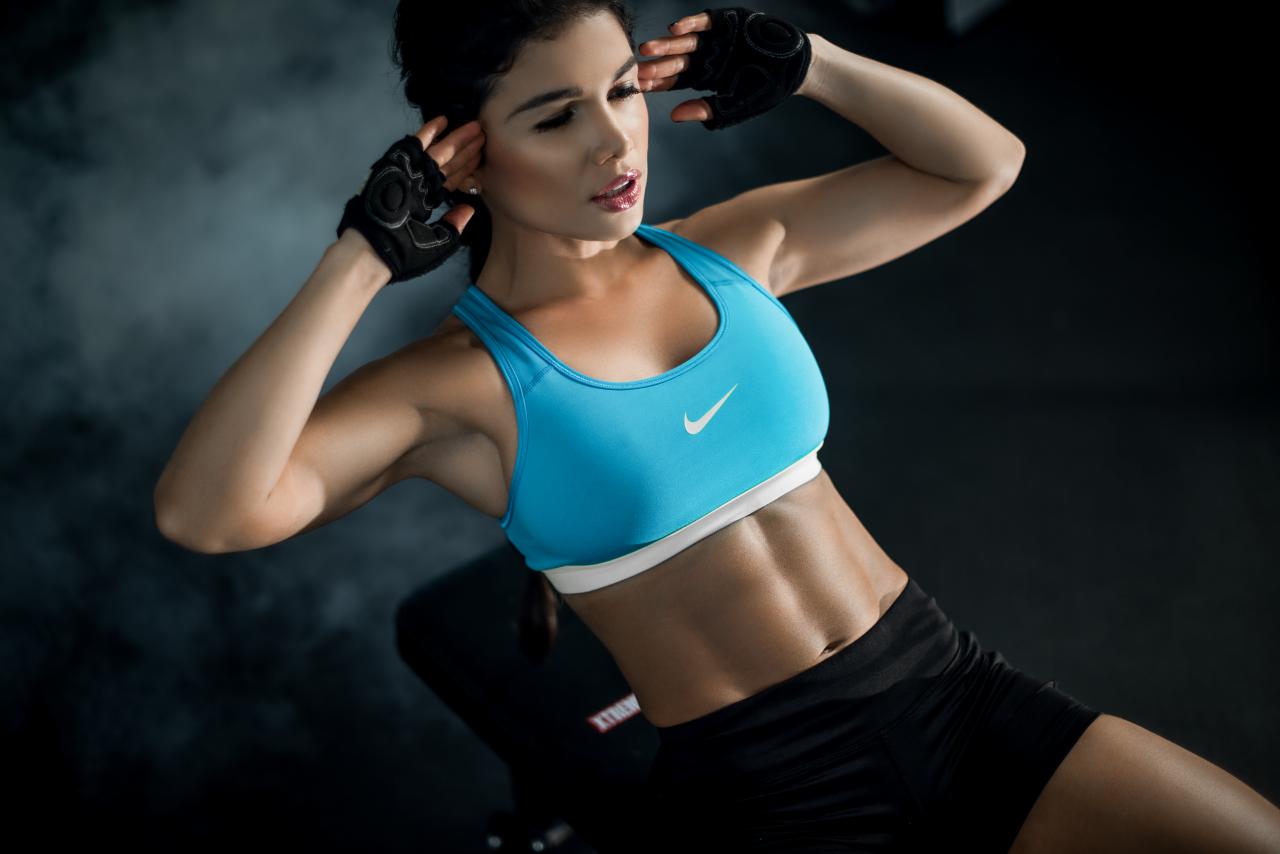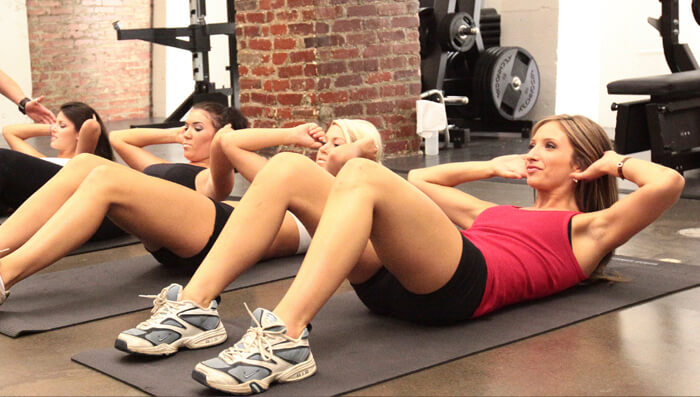Have you noticed that after long workouts and proper nutrition, there is no fitness result?
It happens that a person goes in for sports, but notices that he has no effect on him. Physical fitness does not improve, health does not improve, nothing happens, even after weeks of hard work.
This really happens, and these are not just assumptions – this fact has been confirmed by research by scientists. Indeed, in some people, the body does not respond to physical activity. As a result of unsuccessful efforts, such people often stop practicing completely. Should I do it? Not.
Scientists’ assumptions
If the body does not respond to one form of exercise, then it should choose another, more suitable. Researchers argue that anyone can take a test at home to determine the effectiveness of training of one type or another for their body.
Back in 2001, scientists analyzed the results of dozens of studies that included running, cycling, and other endurance exercise. The result is amazing. While the endurance of the entire group of athletes as a whole showed excellent growth, the endurance of each individual person changed in completely different ways. Some managed to become 100% more enduring, others several times less, although all received identical physical activity.
Trying to determine the reason for the lack of results after fitness, the scientists compared the participants in the studies on all parameters. They concluded that age, gender, and ethnicity do not affect the body’s susceptibility to exercise. But there was also a pattern. Many people who do not react well to sports were united by family ties. This made it possible to make the assumption that the role of the geneticist plays the most.

Latest research
Findings from previous studies have confirmed the suspicions of some scientists, but did not answer the question of whether replacing them will help people who do not respond to certain exercises. Therefore, a new experiment was carried out aimed precisely at this question.
The experiment involved 20 people, men and women. Researchers recorded all of their physiological indicators, from how much oxygen everyone’s lungs can inhale, to heart rate and other parameters that change during sports.
The subjects went through several different training cycles, the experiment lasted for several months. Throughout the experiment, the researchers tested all of the participants’ physiological indicators.
As a group, the results are impressive. But each individually again had striking differences: about a third of people did not get any changes after endurance training, about a third after interval training, and only a few participants did not respond positively to any of them.
In other words, most of the participants responded poorly to only one of the types of training. Those who showed poor response to endurance training tended to show sustained growth after interval cycles, and vice versa.
And most importantly, in general, no one was able to respond perfectly to all training at once.
How to determine which form of exercise is right for you?
Before starting a new training program, measure your heart rate after some exercise. For example, sitting down several times.
Start an exercise program. A month later, measure your heart rate under the same conditions. There should be a noticeable difference, the heart rate should be slower, and the squatting process should be much easier. If this has not happened, you may be a person whose body does not respond to such training. Change the way you train, and in the end you will find the one that suits you best.
As a result of such research, many people, instead of giving up sports altogether, will choose their own suitable type. Remember: “Sport helps everyone, only you need to find your best exercise.”


